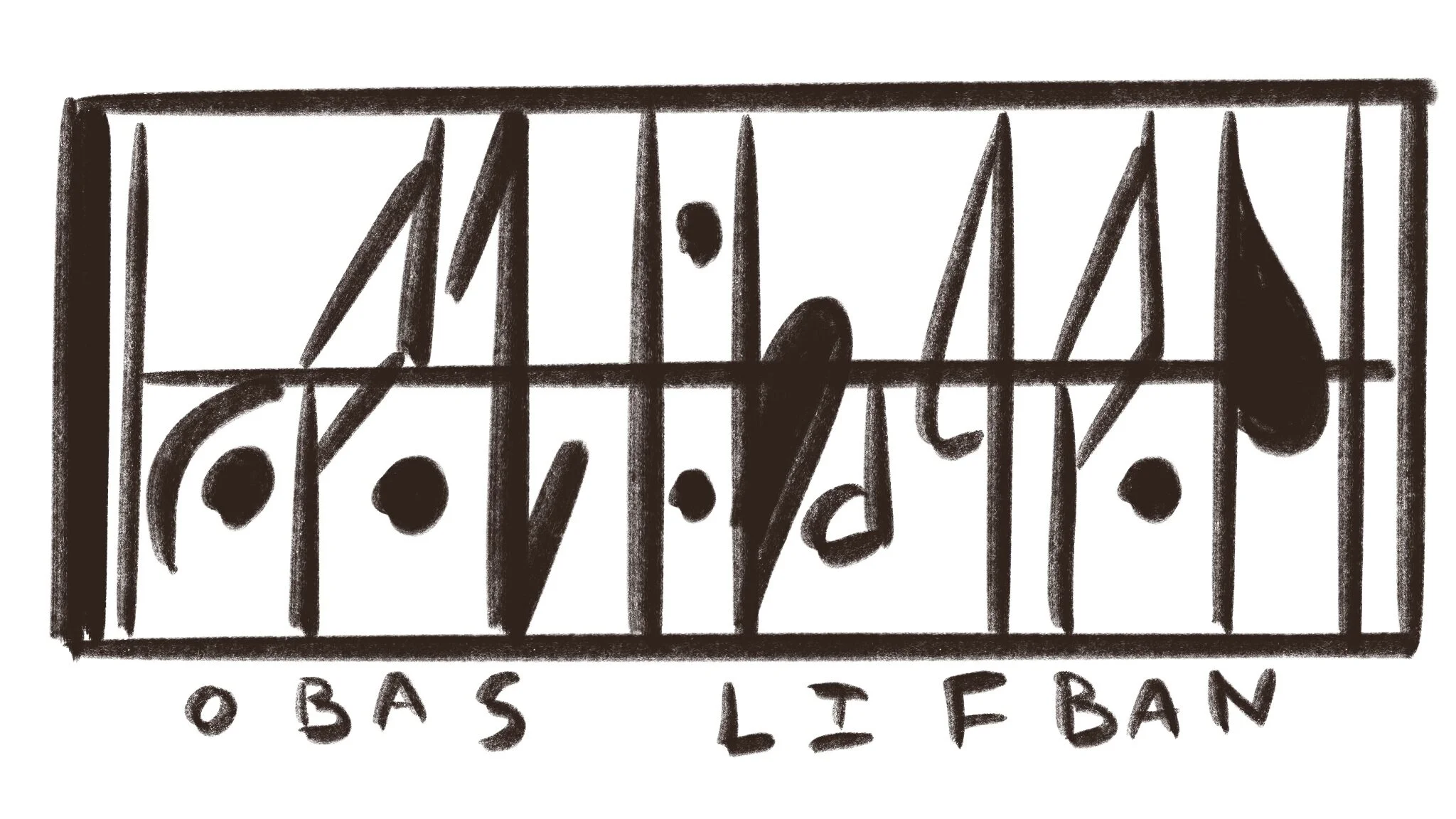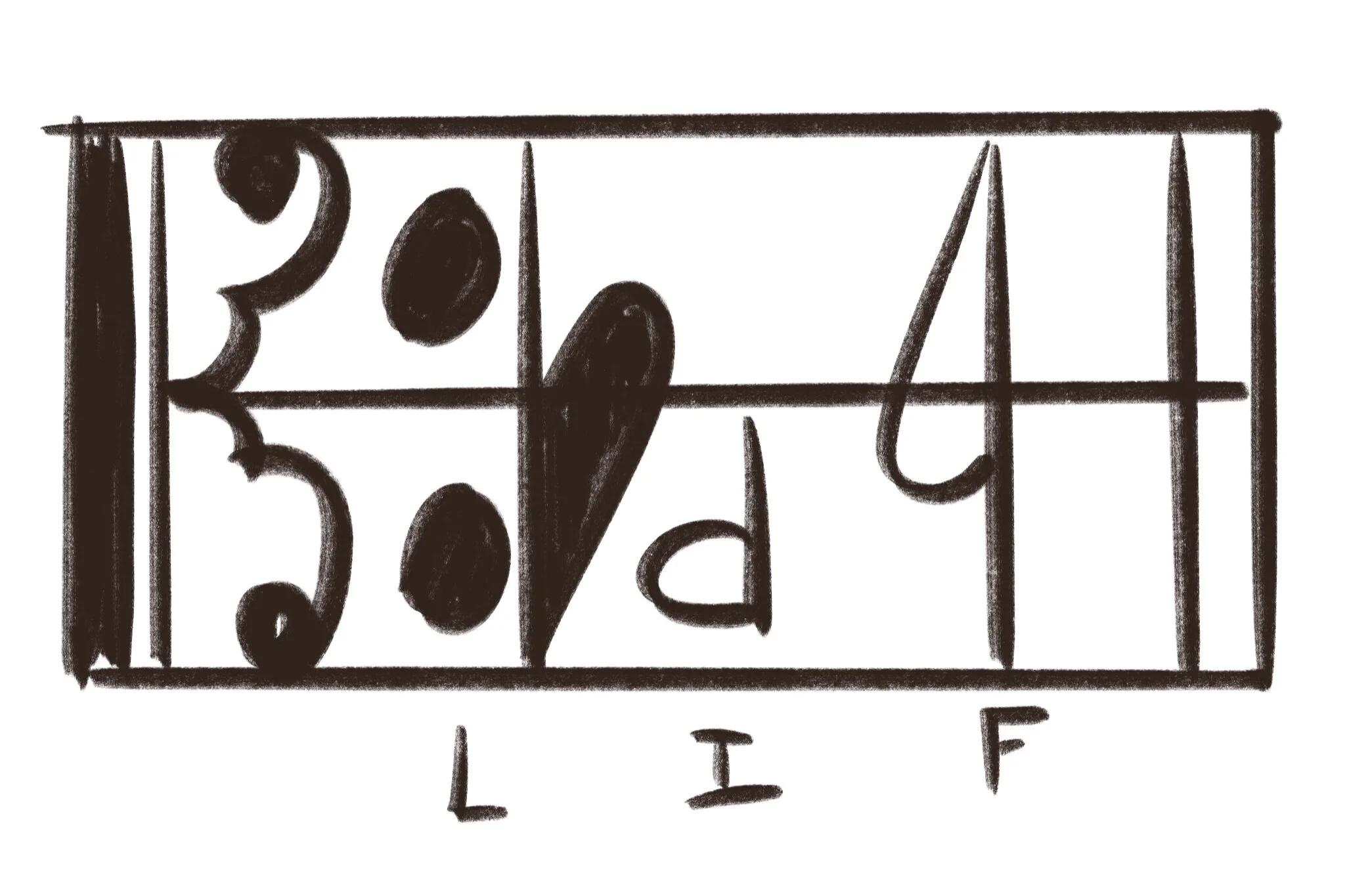The Conlang Blog: Proto City-State Kallerian
all posts about the Kallerian Language Family can be found here.
I was hoping to have a working dictionary and grammar guide to show you when I wrote about PCSK, but that doesn’t seem like it’s going to happen anytime soon. I’m planning to finish the book the Kallerian Language Family has been created for by the end of the year—so I’ll probably put it together then. I might save the dictionaries and grammar for the Secret Homepage once this is all published, but that’s all a few years out.
The Kallerian Language Family (KLF, always pronounced kelf in my head, a decidedly unprofessional impulse) is a family of languages born from self-isolated tribes. Proto-City-State Kallerian (PCSK), which I’m focusing on today, takes phonological inspiration from Old English. Don’t worry about the others yet—they’ll be the focus of later blog posts.
PCSK is the trunk of the family tree: it was spoken long ago, in prehistoric times, before war settled on Kalleria and the Kallerian culture splintered. Grammatically it’s nothing special: English-like with a few twists and declined nouns. It was designed to be adapted: when the project is done it’ll have five children languages, all with their own grammars and quirks.
Obas lifban, “There is hope”, PCSK
As a foundation language, I needed to give it a broad, adaptable phonology (the sounds used to form words) and a vocabulary that could be broken, warped, and expanded upon for languages that look and feel distinct. The writing system, inspired by musical notation, needed to be something that could change realistically over time in a number of different ways, while still showing a clear relation to the other languages.
Additionally, I wanted to give PCSK an “ancient” feeling in both transliterated English and the original text. There’s a vague blockiness to the letters that would look all right carved into stone.
Lif, “to be”, PCSK
This was, of course, all vaguely useless—if you’re not planning on using the root language you don’t always need to develop it enough to be usable. But I had other plans in mind.
One of the core points in the plot is a prophecy, which one of the characters has spent his whole life studying. The prophecies in the book are more useless than anything else—it’s the oracles who serve a purpose near the end of the book—but they’re great fun to write. And, much as Latin is the language of the Catholic Church, PCSK is the language of the oracles.
Oracular Kallerian deserves its own post, so look out for that next week.
Detrahe-ayas/Henan geon dyn, /San hegon kenta aerklabas ne sinil wassen-we,/aywyras gondynae eba lifle.
I declare/That later on,/Even in an age unlike our own,/Someone will remember who we are.
-Sappho (PCSK translation)



